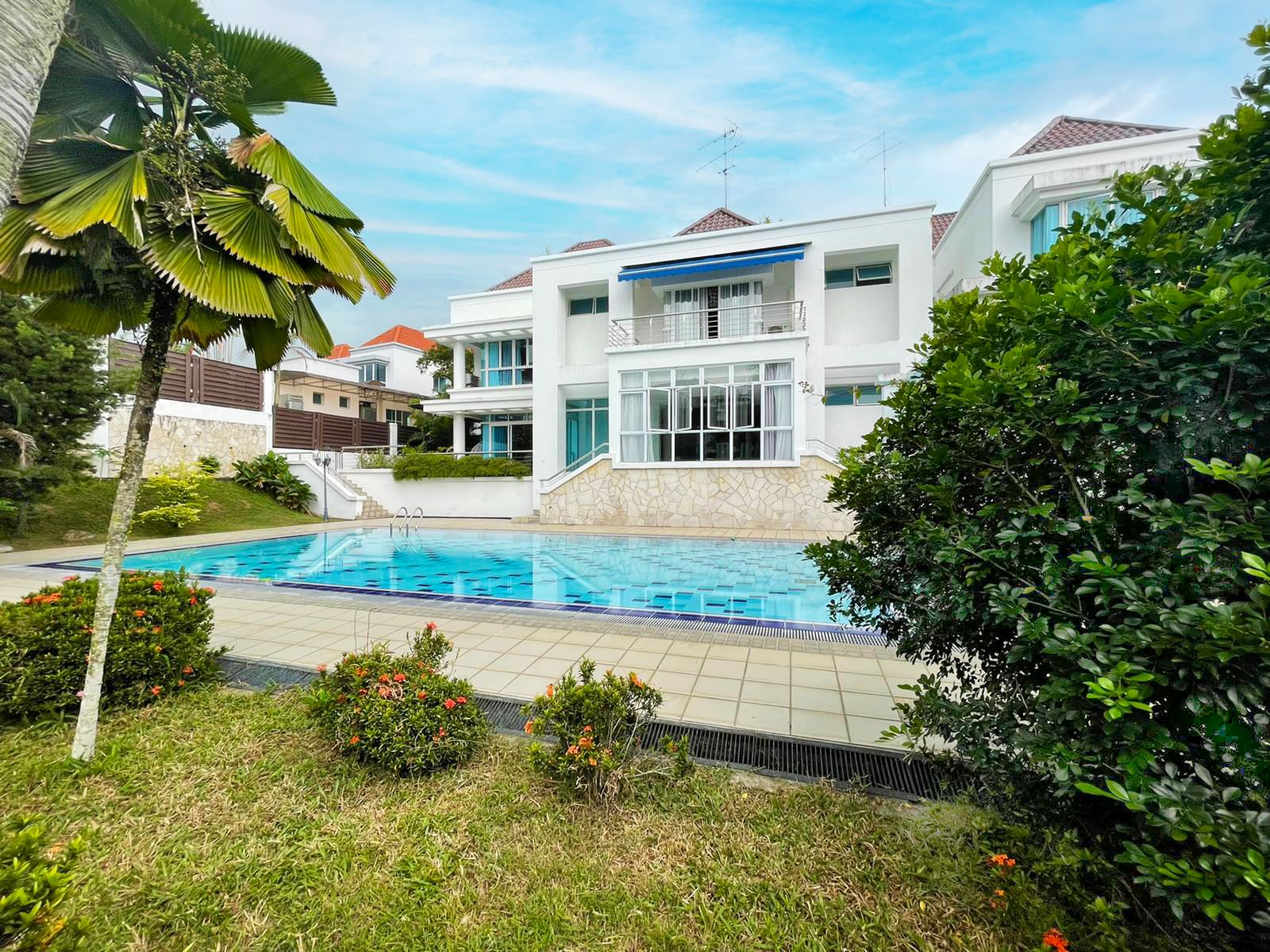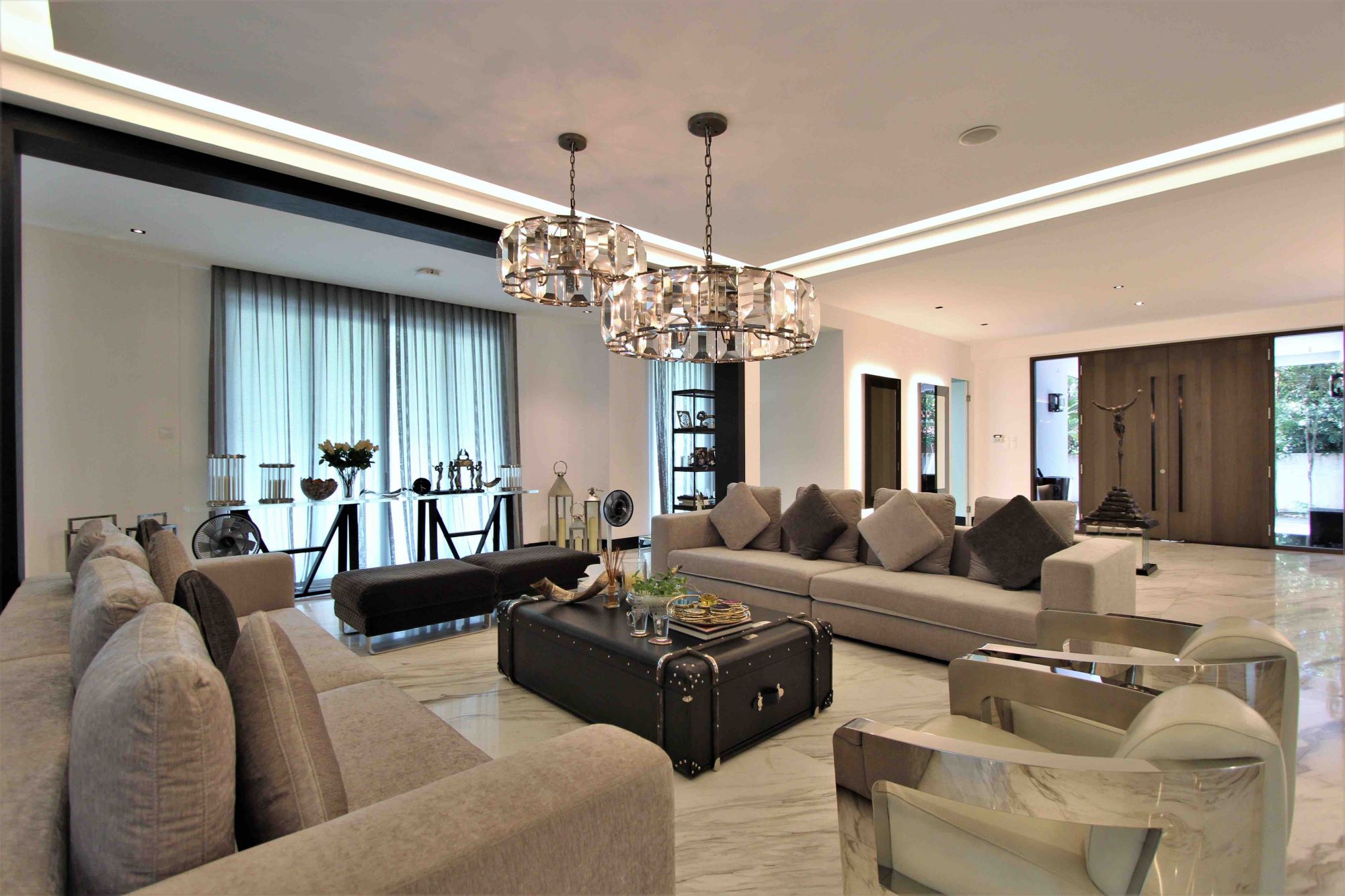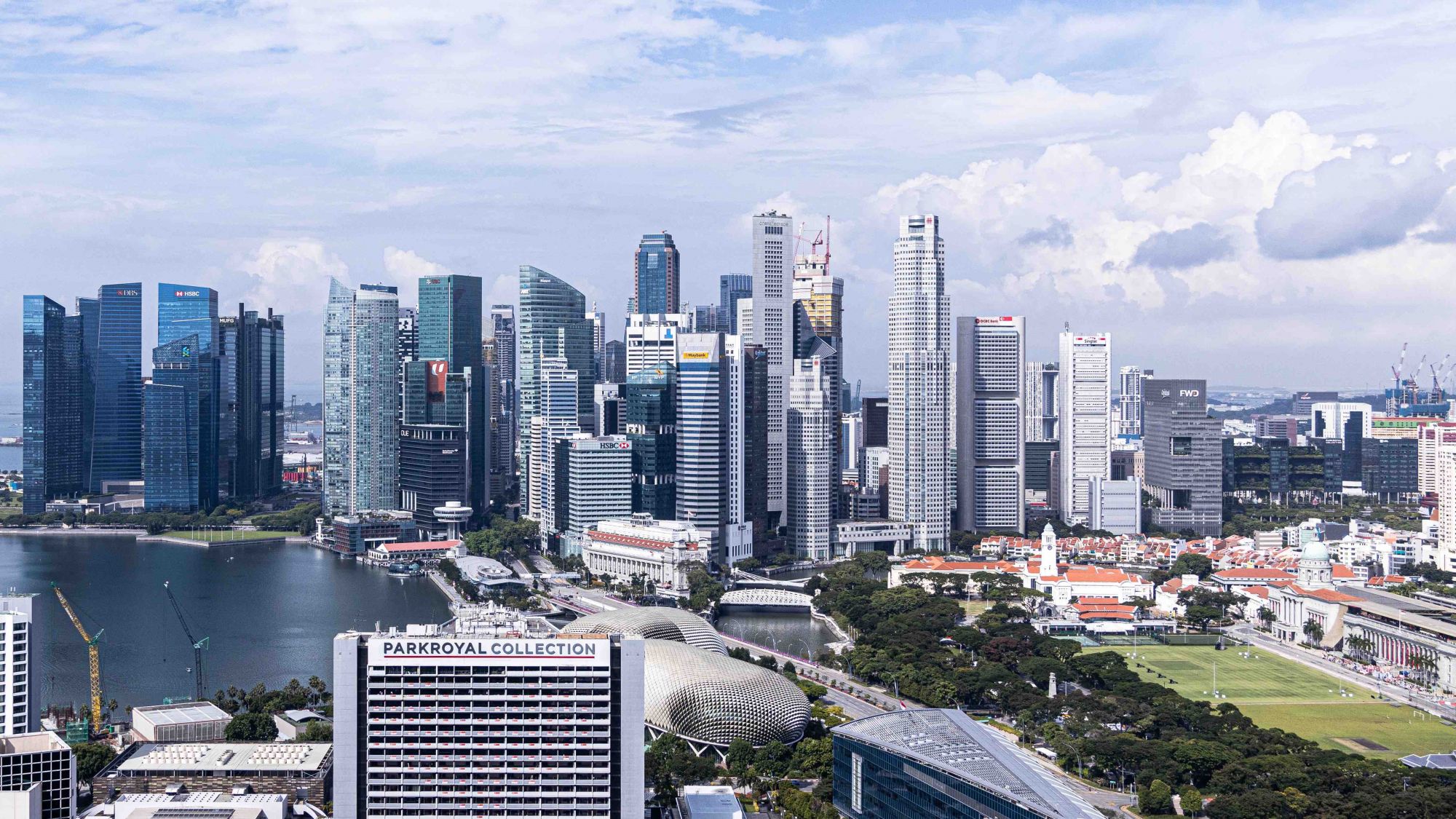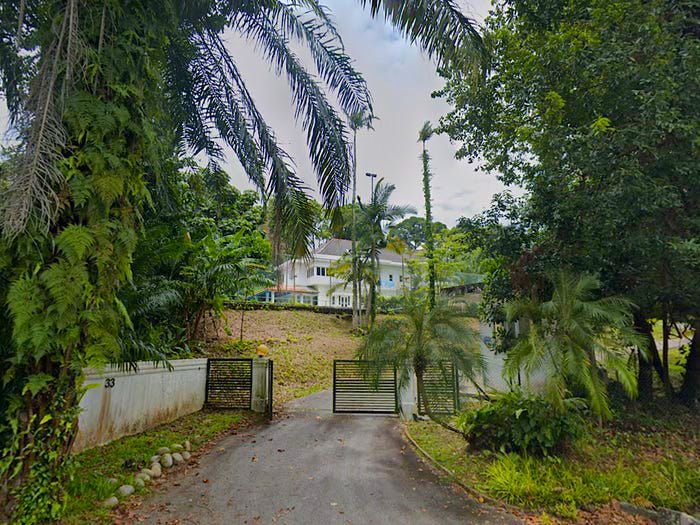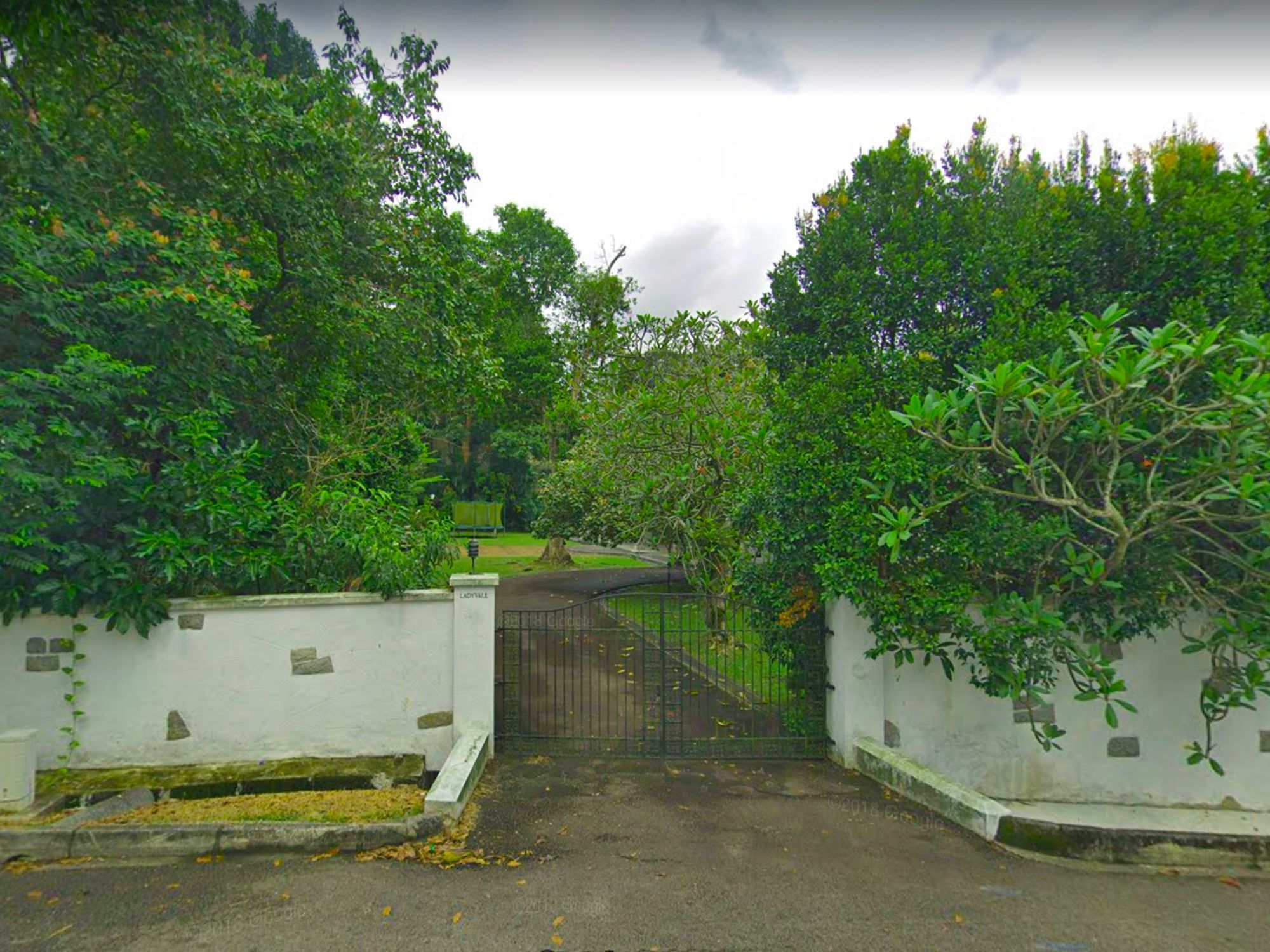Unique to Singapore, Good Class Bungalows will continue to hold their own among the ultra-high-net-worth buyers even in an uncertain economic landscape. Here's why
This story was first written on June 29, 2021, and updated with additional images on August 9, 2021.
The state of the property market, condo prices, new developments, en-bloc, these topics make for some animated discussions when among friends and family, and often icebreakers at parties in Singapore. Last year, these conversations were being steered towards homes that were at highest end of the luxury segment, Good Class Bungalows (GCBs); a unique property type in the land-scarce city state.
GCBs are landed properties in 39 select areas gazetted by the Urban Redevelopment Authority (URA) of Singapore as Good Class Bungalow Areas (GCBA). These 1,400-sqm homes (approximately 15,069sqft), which is the minimum plot requirement for the classification, go for $15,069 per square-foot on average.
See also: 5 Property Trends Shaping Our Search For New Homes in 2021
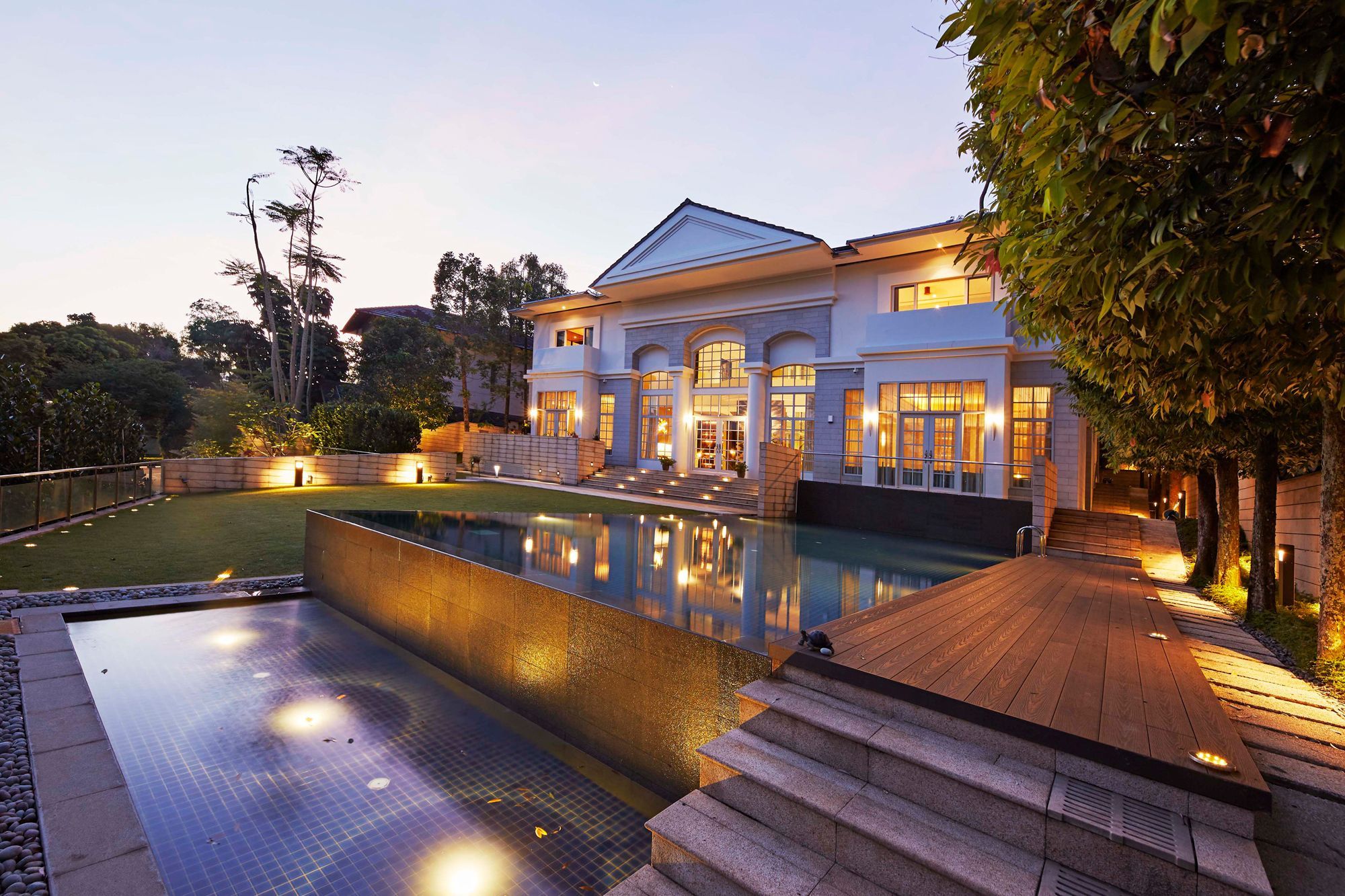
That said, not all 1,400-sqm plots are equal, says William Wong, CEO and founder of real estate company Realstar Premier Group. “A bungalow in the East or North of Singapore of a plot size of 2,000sqm, for example, is not under the classification because there are no areas in the East or North gazetted for GCBs,” he explains. “The biggest advantage in investing in a GCB is that the supply is extremely limited. With hardly any possibility of the number increasing, prices are very likely to appreciate or at least stabilise over the years.”

